Hycanthone
- CAS NO.:3105-97-3
- Empirical Formula: C20H24N2O2S
- Molecular Weight: 356.48
- MDL number: MFCD00083383
- EINECS: 221-463-7
- SAFETY DATA SHEET (SDS)
- Update Date: 2024-12-18 14:15:32
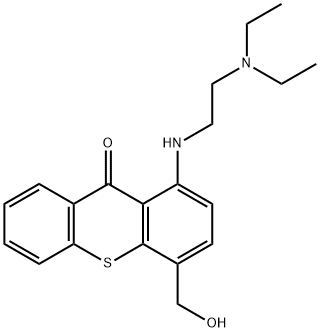
What is Hycanthone?
The Uses of Hycanthone
Hycanthone is the active metabolite of the anthelmintic prodrug Lucanthone (L473700), which is used in the treatment of schistosomiasis.
The Uses of Hycanthone
Antischistosomal.
Definition
ChEBI: A thioxanthen-9-one compound having a hydroxymethyl substituent at the 1-position and a 2-[(diethylamino)ethyl]amino substituent at the 4-position. It was formerly used (particularly as the monomethanesulfonic acid salt) as a schistosomicide for individual or mass treatement of infection with Schistosoma haematobium and S. mansoni, but due to its toxicity and concern about possible carcinogenicity, it has been replaced by other drugs such as praziquantel.
General Description
Odorless canary yellow to yellow-orange crystalline powder. Bitter taste.
Air & Water Reactions
1-[(2-[DIETHYLAMINO]ETHYL)AMINO]-4-[HYDROXYMETHYL]-9H-THIOXANTHEN-9-ONE may be sensitive to prolonged exposure to air and light. Highly soluble in water.
Reactivity Profile
1-[(2-[DIETHYLAMINO]ETHYL)AMINO]-4-[HYDROXYMETHYL]-9H-THIOXANTHEN-9-ONE is very sensitive to acid. .
Fire Hazard
Flash point data for 1-[(2-[DIETHYLAMINO]ETHYL)AMINO]-4-[HYDROXYMETHYL]-9H-THIOXANTHEN-9-ONE are not available; however, 1-[(2-[DIETHYLAMINO]ETHYL)AMINO]-4-[HYDROXYMETHYL]-9H-THIOXANTHEN-9-ONE is probably combustible.
Safety Profile
Poison by subcutaneous, intravenous, and intramuscular routes. Moderately toxic by ingestion. Experimental teratogenic effects. Human mutation data reported. Questionable carcinogen with experimental carcinogenic data. When heated to decomposition it emits very toxic fumes of NOx and SOx.
Properties of Hycanthone
| Melting point: | 100.6-102.8° |
| Boiling point: | 570.5±50.0 °C(Predicted) |
| Density | 1.1269 (rough estimate) |
| refractive index | 1.6000 (estimate) |
| storage temp. | Keep in dark place,Sealed in dry,2-8°C |
| solubility | DMSO : 30 mg/mL (84.16 mM) |
| pka | pKa 3.40 (Uncertain) |
| form | Solid |
| color | Yellow to orange |
| EPA Substance Registry System | Hycanthone (3105-97-3) |
Safety information for Hycanthone
Computed Descriptors for Hycanthone
New Products
Tert-butyl bis(2-chloroethyl)carbamate 4-Methylphenylacetic acid N-Boc-D-alaninol N-BOC-D/L-ALANINOL N-octanoyl benzotriazole 3-Morpholino-1-(4-nitrophenyl)-5,6-dihydropyridin- 2(1H)-one Furan-2,5-Dicarboxylic Acid DIETHYL AMINOMALONATE HYDROCHLORIDE 1,1’-CARBONYLDIIMIDAZOLE R-2-BENZYLOXY PROPIONIC ACID 1,1’-CARBONYLDI (1,2-4 TRIAZOLE) N-METHYL INDAZOLE-3-CARBOXYLIC ACID (2-Hydroxyphenyl)acetonitrile 4-Bromopyrazole 5-BROMO-2CYANO PYRIDINE 5,6-Dimethoxyindanone 5-broMo-2-chloro-N-cyclopentylpyriMidin-4-aMine 2-(Cyanocyclohexyl)acetic acid 4-methoxy-3,5-dinitropyridine 1-(4-(aminomethyl)benzyl)urea hydrochloride 2-aminopropyl benzoate hydrochloride diethyl 2-(2-((tertbutoxycarbonyl)amino) ethyl)malonate tert-butyl 4- (ureidomethyl)benzylcarbamate Ethyl-2-chloro((4-methoxyphenyl)hydrazono)acetateRelated products of tetrahydrofuran
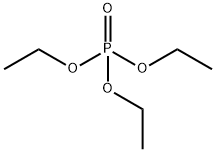
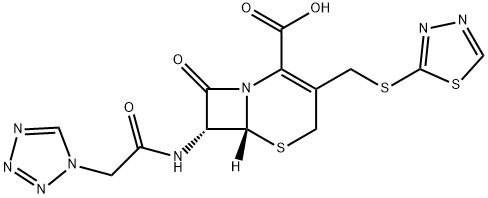
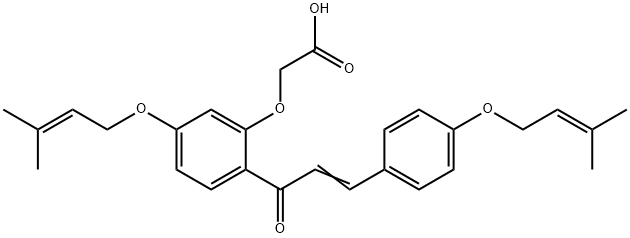
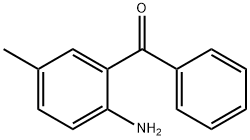
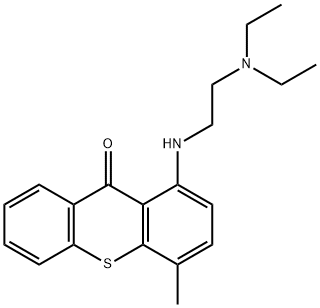

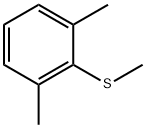
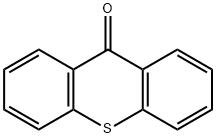
You may like
-
 2033-24-1 98%View Details
2033-24-1 98%View Details
2033-24-1 -
 1975-50-4 98%View Details
1975-50-4 98%View Details
1975-50-4 -
 2-HYDROXY BENZYL ALCOHOL 98%View Details
2-HYDROXY BENZYL ALCOHOL 98%View Details
90-01-7 -
 2-Chloro-1,3-Bis(Dimethylamino)Trimethinium Hexafluorophosphate 221615-75-4 98%View Details
2-Chloro-1,3-Bis(Dimethylamino)Trimethinium Hexafluorophosphate 221615-75-4 98%View Details
221615-75-4 -
 61397-56-6 CIS BROMO BENZOATE 98%View Details
61397-56-6 CIS BROMO BENZOATE 98%View Details
61397-56-6 -
 14714-50-2 (2-Hydroxyphenyl)acetonitrile 98+View Details
14714-50-2 (2-Hydroxyphenyl)acetonitrile 98+View Details
14714-50-2 -
 118753-70-1 98+View Details
118753-70-1 98+View Details
118753-70-1 -
 733039-20-8 5-broMo-2-chloro-N-cyclopentylpyriMidin-4-aMine 98+View Details
733039-20-8 5-broMo-2-chloro-N-cyclopentylpyriMidin-4-aMine 98+View Details
733039-20-8